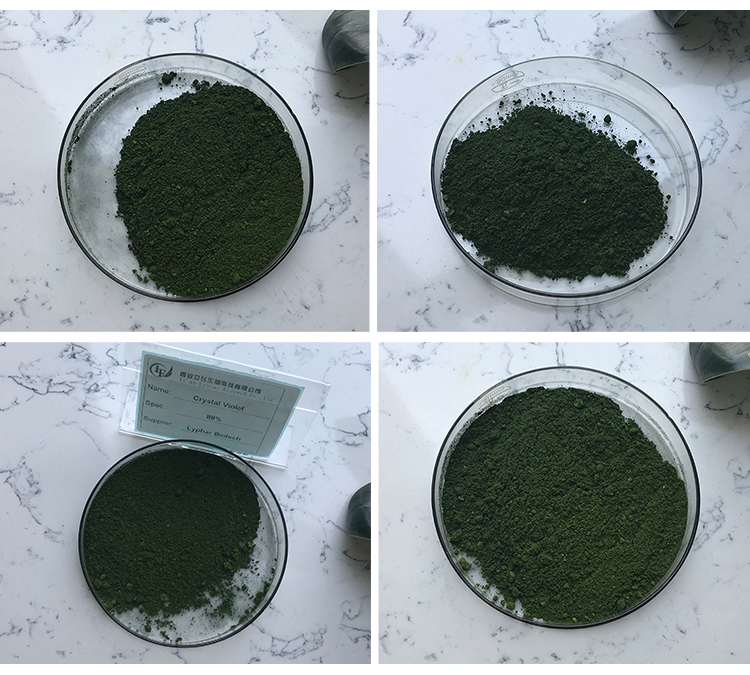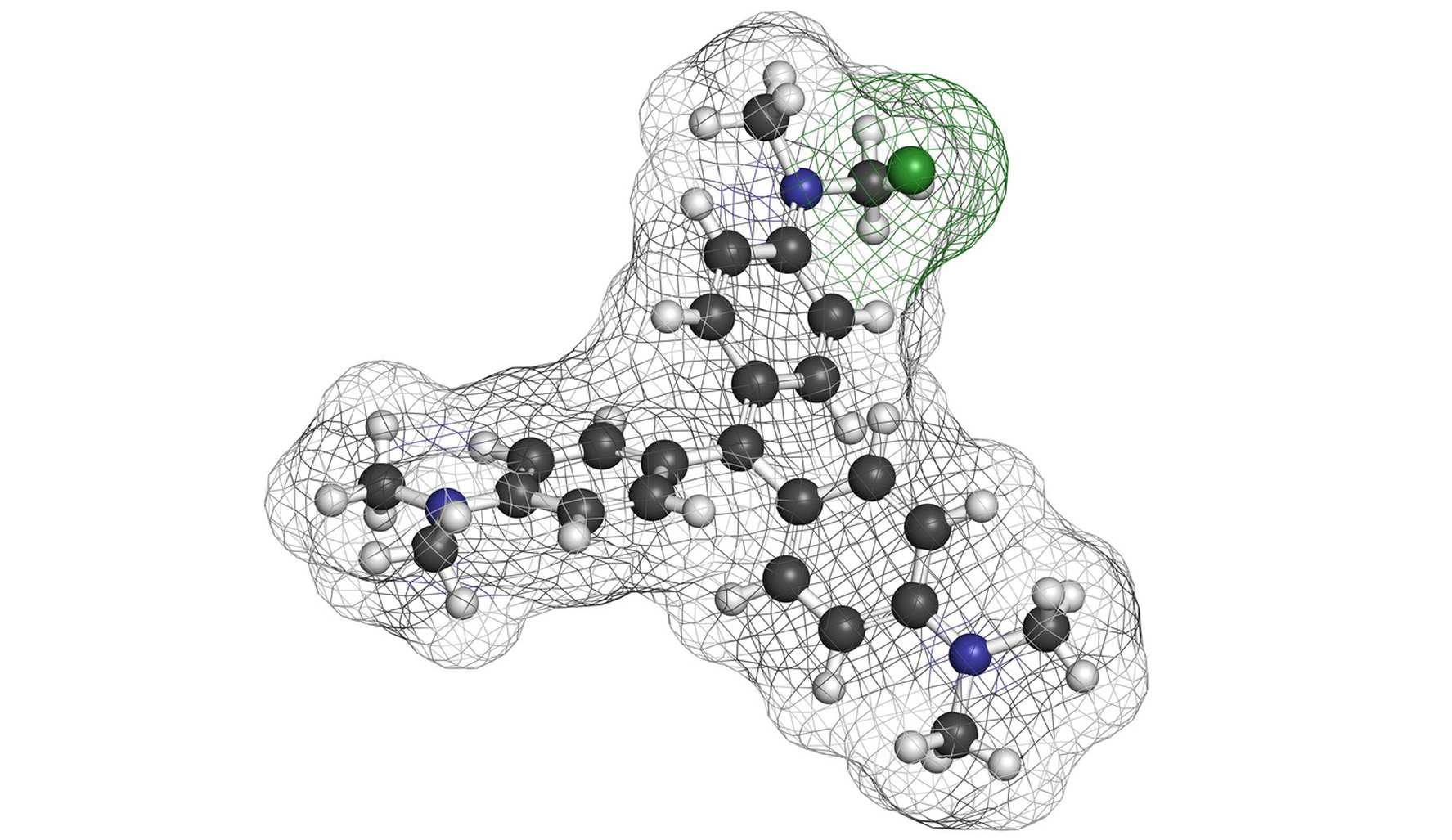Gentian violet are both synthetic dyes with antibacterial and antifungal properties. They have been historically used for various purposes, but their applications have evolved over time. Here are some common uses of these dyes:
Application of Gentian violet
1 .Microbiological Staining:
Crystal violet and gentian violet are commonly used in microbiology for Gram staining, a technique that helps differentiate bacterial species based on the characteristics of their cell walls. These dyes interact differently with Gram-positive and Gram-negative bacteria, leading to distinct colorations.
2.Medical Applications:
Gentian violet has been used as an antiseptic and antifungal agent. It was historically applied topically to treat various skin infections, wounds, and mucous membrane conditions. However, its use in medical applications has declined in favor of more modern antiseptics.
3.Histology:
Crystal violet is used in histology to stain tissues for microscopic examination. It helps visualize cell structures and tissues under a microscope, aiding in the study of biological samples.
4.Textile Dyeing:
Both crystal violet / gentian violet have been used in the textile industry as dyes. However, their use in this context has diminished due to the availability of other more suitable and cost-effective dyes.

5.Research and Laboratory Applications:
These dyes may be employed in various research applications, such as cell viability assays and cell staining. Their ability to bind to cellular components makes them useful in certain experimental techniques.
It’s important to note that while these dyes have historical significance in various fields, their use has decreased in certain areas due to concerns about their safety and more effective alternatives becoming available. Additionally, their use may be subject to regulations and guidelines depending on the specific application and industry. Always follow appropriate safety protocols and guidelines when working with these substances.
Adverse effects of Gentian violet
Crystal violet / gentian violet are synthetic dyes that have been used for various purposes, including as antiseptics and staining agents. However, their use has declined over the years due to concerns about potential adverse effects. Here are some of the known adverse effects associated with crystal violet and gentian violet:
Carcinogenicity: There have been concerns about the potential carcinogenic (cancer-causing) effects of crystal violet and gentian violet. Studies have suggested a link between these dyes and the development of tumors in laboratory animals.
Mutagenicity: Crystal violet and gentian violet have shown mutagenic properties in certain studies, indicating the potential to cause genetic mutations. This raises concerns about their safety, especially with prolonged or frequent exposure.
Irritation and Sensitization: These dyes can cause skin and eye irritation. Prolonged or repeated contact with the skin may lead to sensitization, causing allergic reactions in some individuals.
Systemic Effects: Ingestion or absorption of crystal violet / gentian violet through the skin or mucous membranes can lead to systemic effects. This includes potential toxicity to internal organs.

Reproductive and Developmental Effects: Limited studies suggest that crystal violet and gentian violet may have adverse effects on reproduction and development. Pregnant women and those trying to conceive may need to exercise caution.
Environmental Impact: The dyes can have negative effects on the environment. They may persist in water and soil, potentially causing harm to aquatic life.
Due to these concerns, many regulatory authorities and health organizations have restricted or prohibited the use of crystal violet / gentian violet in certain products. It’s important to note that the use of these dyes in medical and cosmetic products has significantly decreased over time, and alternative compounds are often preferred.
If you have specific concerns about a product containing crystal violet or gentian violet, it’s advisable to consult with healthcare professionals or regulatory authorities for the most up-to-date and relevant information.
